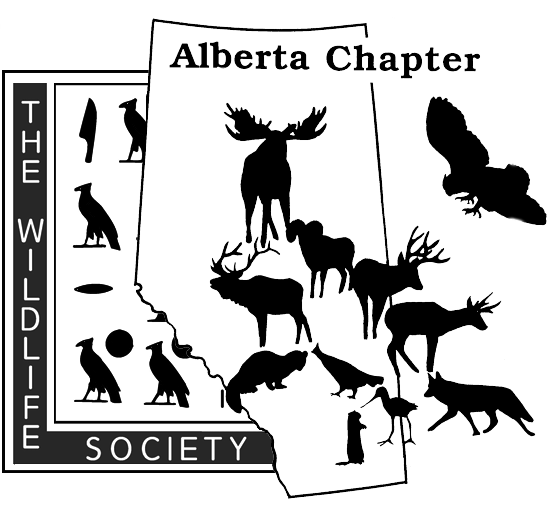Diversity is Our Strength
The complexity of conservation research and issues in Alberta require creativity and innovative problem solving; the more people from diverse backgrounds we have working on these issues, the more likely we are to define new and effective solutions. In this web series, the ACTWS is celebrating the diversity of Alberta wildlife professionals.
If you’re a wildlife student or professional with a story to share — whether it’s about your background, career path, or lived experience — we’d love to feature you in this series. Your story might just inspire someone else in this field.
Email us at execdirector@actws.ca to get started.
Let’s keep building a community where every voice matters
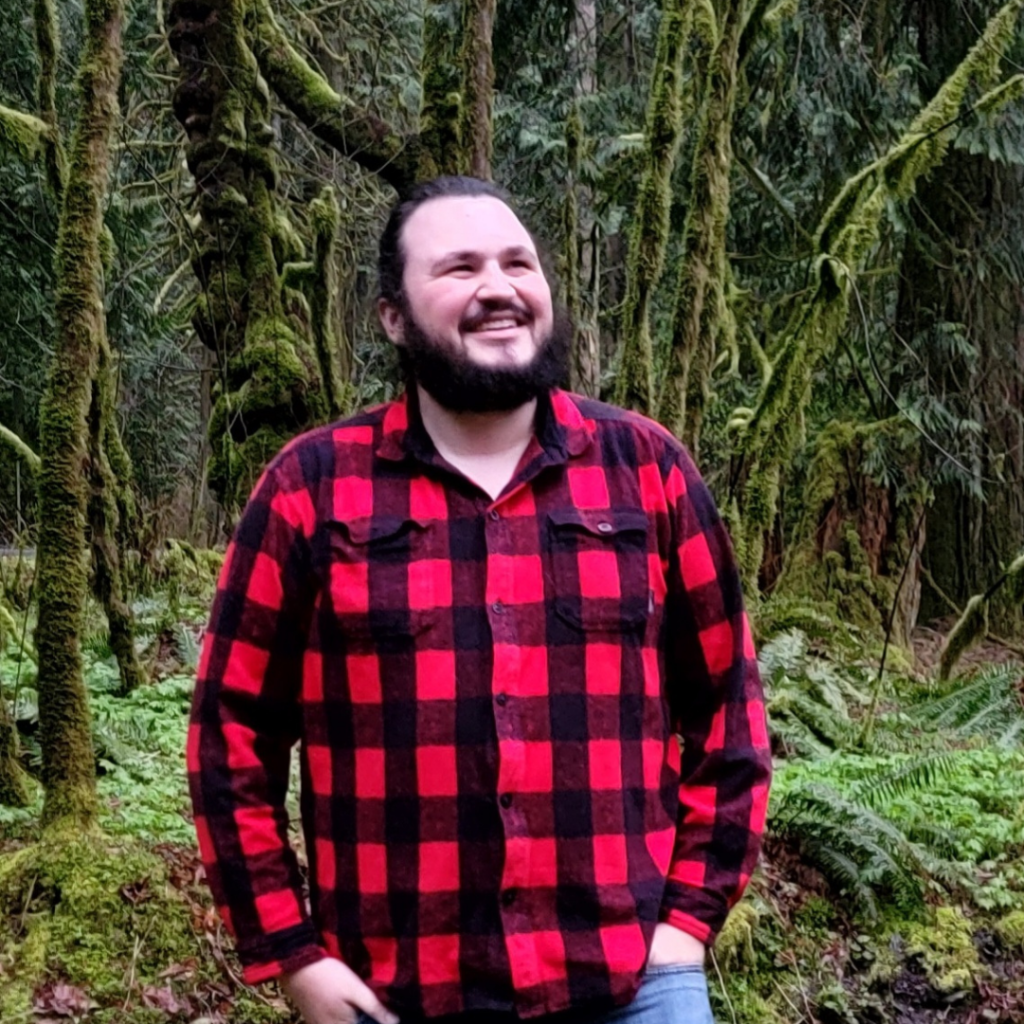
Meet Remington Bracher
Tanisi, I write to you today with an open heart and handshake. I am a Nêhiyaw (Cree) member of Muskoday First Nation, wildlife biologist, hunter, angler, trapper, and current graduate student. I was born in Edmonton and raised across Alberta’s beautiful and diverse natural landscapes. However, growing up away from the influence of my Indigenous community of Muskoday near Prince Albert, Saskatchewan, I was disconnected from the language, stories, practices, and ceremonies that should have anchored me to my identity. This is in large part due to the intergenerational trauma associated with Canada’s colonial history, such as residential schools. While my grandmother was the last one in our family to attend these schools, the abuse related to her experiences there caused her to distance herself from her culture and thus further separated our family from it as well. This story is not unique for Indigenous individuals and communities as every single Indigenous person you know is a descendant of a survivor of a residential school, be it their mother, father, grandparents, great grandparents, or themselves.
For much of my life, I didn’t know what it meant to be Indigenous, let alone Cree. I held a status card, but not the teachings. Instead, I found meaning in the forests, rivers, and grasslands.… Continue Reading.

Meet Brook Skagen (He/They)
As biologists we walk along fine lines – transitional zones where the outstretched prairies cradle mountain’s feet, the willow-lined borders of wise cottonwoods who remember creation along the river’s stretch, or the edges of concrete and gravel lines where we have cut into new paths. Part paper-stacked desk and worn-sole boots, we are creatures of both science and nurture, astutely watching the unknown yet familiar world around us as we try to understand what home already knows. To be in our profession is to exist in a dichotomy; we are participants of the manufactured, yet children of the wild. Our hearts yearn to howl at moonlit skies, give thanks to the ground, and converse with our fellow kin – yet we remain bound to our societal ties. It is these ties which EDI initiatives attempt to detangle.
As both a wildlife biologist and rangeland agrologist working within the prairies of southern Alberta, and across the seemingly-opposing sectors of academia, government, industry, and not-for-profit, my career has mirrored this balance for over a decade. But whether I’m surveying for species at risk of flora and fauna or assessing their habitat’s diversity and resilience, I bring with me not just my breadth of expertise, but all of who I am: for starters, I am a trans man, what unfortunately to some seems like a spectacle of science, and an environmental professional, a multi-disciplinary science practitioner… Continue Reading.
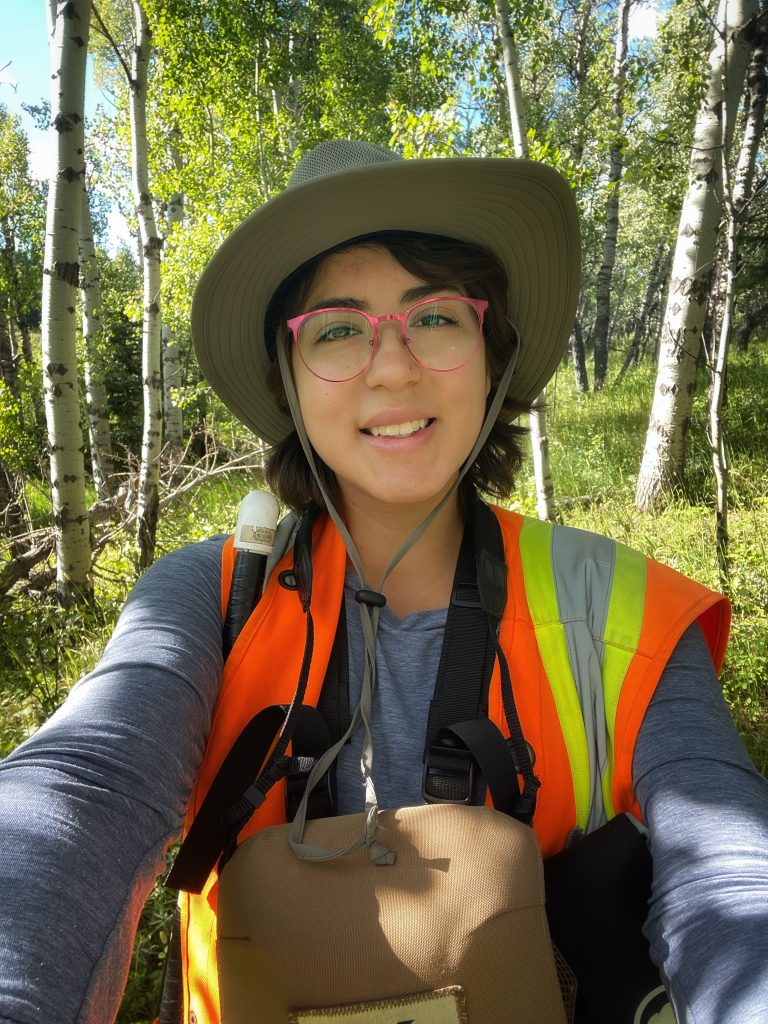
Meet Ednna Strobschinski
It’s been four years since I embarked on this adventure of becoming a wildlife biologist. I was born and raised in Mexico by two passionate parents who work in the medical field. I cannot discern the exact moment I decided to dedicate my life to the field of environmental sciences, but I guess it could be defined as the cumulative effect of early morning walks in the countryside with my grandma when I was a child, counting fireflies at night and playing by the creek behind my mom’s old house, and the intense feeling of accountability I felt after learning in school that our most basic decisions as humans can be extremely impactful to the environment (for better or for worse). The moment I read a notification on my phone screen saying: “Dear Ednna, Congratulations, your application to study in Canada has been approved…” has been undeniably one of the most joyful moments of my life. I felt so fortunate and privileged to experience a new life in a different country! And so, my journey began. The hardest step was out of the way and the rest that was to come should be a piece of cake, right?….. Continue Reading.
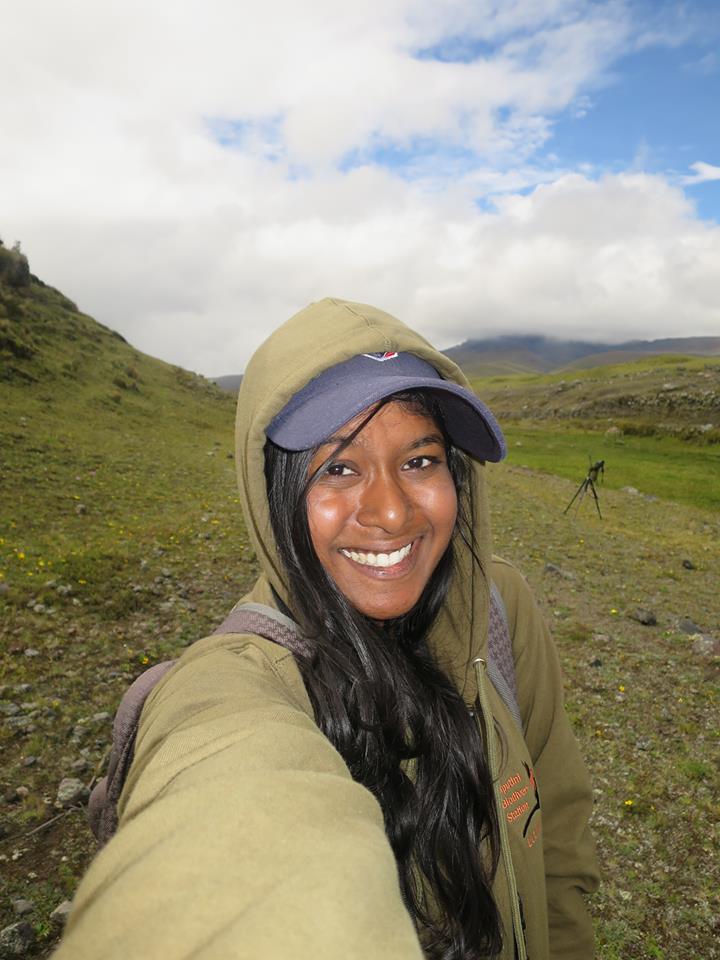
Meet Ashley Shaw
As a first-generation Person of Colour (POC), I have grown up knowing the sacrifices my parents made to ensure my access to opportunities that were not available for them. As a woman, I am also aware of the expectations my family and our culture have of me. The intersections between these identities have affected my research and perspectives as an environmental scientist. Specifically, as a member of the BIPOC community, there are many invisible barriers that I had to either accept or overcome in research and academia. One such barrier, which impacted me significantly, came with the sense of responsibility of being a first-generation post-secondary student. I was acutely aware of what my family sacrificed to get me to this point, which came with anxiety of ensuring that I did extremely well. I began to realize that the mental health needs of first-generation students may differ from other students….. Continue Reading.
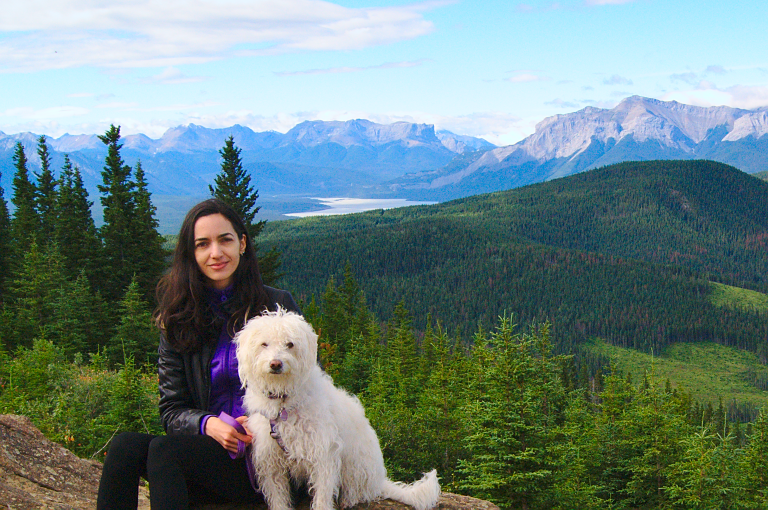
Meet Mariana Nagy-Reis
I was born and raised in Brazil, where heavy rain, dense forests, and wildlife somehow collide with one of the largest metropolises in the world. Being outdoors with animals has always been my passion. As a little kid, I spent most of my time in the backyard collecting insects. As a teen and young adult, I rescued street dogs and cats, trained them, and fostered them until I found them a forever home. I knew I wanted to become a biologist when I was 9 years old, after watching Gorillas in the Mist, a movie that portraits Dian Fossey’s journey working to save the mountain gorillas in Africa. I just wanted to be like her, a strong female leader dedicated to saving endangered species. I knew little of the many barriers and challenges I would encounter on my way…. Continue Reading.


